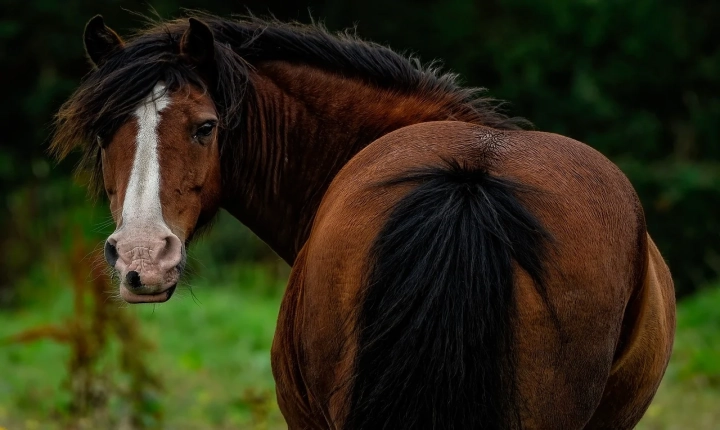Creating a pattern using AI can be an exciting and rewarding process. With the help of machine learning and artificial intelligence algorithms, you can generate intricate and unique patterns that can be used in various design projects, from textiles to digital art. In this article, we will explore how to use AI to create beautiful and intricate patterns.
1. Understanding the basics of AI pattern generation:
Before diving in, it’s essential to understand the basic concepts of AI pattern generation. Essentially, AI pattern generation involves training a machine learning model to recognize and replicate specific patterns based on a dataset of existing patterns. This is achieved through the use of algorithms such as generative adversarial networks (GANs), variational autoencoders (VAEs), and convolutional neural networks (CNNs).
2. Gathering a dataset of patterns:
The first step in creating a pattern using AI is to compile a dataset of existing patterns that will be used to train the machine learning model. This dataset can consist of patterns from various sources, including images of textiles, digital art, or any other form of visual patterns. The quality and diversity of the dataset will directly impact the model’s ability to generate unique and interesting patterns.
3. Preprocessing the dataset:
Once the dataset is gathered, it needs to be preprocessed to ensure that it is suitable for training the AI model. This involves tasks such as resizing, normalizing, and augmenting the images to ensure that the model can effectively learn the patterns and their nuances.
4. Choosing the right AI model:
There are several AI models that can be used for pattern generation, each with its own strengths and weaknesses. For instance, GANs are excellent at generating realistic and detailed patterns, while VAEs are better at exploring the latent space of the patterns to create variations. Choosing the right model depends on the specific requirements and desired output of the pattern.
5. Training the AI model:
Once the dataset is prepared, and the model is chosen, the next step is to train the AI model on the dataset. This involves feeding the images of patterns into the model, adjusting the model’s parameters, and monitoring its performance as it learns to generate new patterns.
6. Generating new patterns:
After the model is trained, it can be used to generate new patterns. By providing the model with input parameters or random seeds, it can produce a wide variety of intricate and unique patterns that can be used for various design applications.
7. Refining and iterating:
Generating patterns using AI is often an iterative process. The initial output can be refined and adjusted by fine-tuning the model or providing feedback to further improve the quality and uniqueness of the patterns.
In conclusion, creating patterns using AI is an exciting and innovative approach to design. By leveraging the power of machine learning and artificial intelligence, designers can generate intricate and unique patterns that can be used in a wide range of creative projects. With the right dataset, AI model, and training process, the possibilities for pattern generation are endless.
